Home>Renovation & DIY>Home Renovation Guides>How To Pay For A Home Improvement Project


Home Renovation Guides
How To Pay For A Home Improvement Project
Modified: January 9, 2024
Looking for expert advice on financing your home renovation project? Our comprehensive guides will help you navigate the best payment options. Discover how to pay for your dream home improvements today!
(Many of the links in this article redirect to a specific reviewed product. Your purchase of these products through affiliate links helps to generate commission for Storables.com, at no extra cost. Learn more)
Introduction
Embarking on a home improvement project is an exciting endeavor that can breathe new life into your living space. Whether you’re dreaming of a kitchen remodel, bathroom upgrade, or a backyard transformation, the prospect of enhancing your home can be both thrilling and daunting. One of the most critical aspects of undertaking such a project is determining how to finance it. From assessing the cost of the project to exploring various payment options, finding the right financial solution is key to turning your renovation dreams into reality.
In this comprehensive guide, we will delve into the various avenues for financing your home improvement project. By understanding the different payment options available, you can make an informed decision that aligns with your financial situation and renovation goals. From personal loans and home equity options to credit cards and government programs, we will explore the pros and cons of each method, empowering you to choose the most suitable approach for funding your home improvement project.
Whether you’re a seasoned homeowner or a first-time renovator, the information provided here will equip you with the knowledge needed to navigate the financial aspect of your home improvement journey. Let’s dive in and unravel the world of home improvement project financing, paving the way for you to transform your living space into the haven you’ve always envisioned.
Key Takeaways:
- Financing your home improvement project requires careful assessment of costs and exploration of options such as personal loans, home equity, credit cards, and government programs. Each method offers unique benefits and considerations to suit your renovation needs and financial situation.
- Understanding the potential return on investment and assessing the cost of your home improvement project are crucial steps in laying a solid financial foundation for your renovation journey. By carefully evaluating the scope of renovations and exploring various payment options, you can make an informed decision that aligns with your unique needs and aspirations.
Read more: How To Pay For Home Improvement CT License
Assessing the Cost of Your Home Improvement Project
Before delving into the realm of financing, it’s crucial to gain a clear understanding of the cost of your home improvement project. This involves meticulous planning and evaluation to determine the scope of the renovations and the associated expenses. Start by outlining the specific areas of your home that require improvement, whether it’s a full-scale kitchen renovation, a bathroom overhaul, or a comprehensive exterior upgrade. Once you’ve identified the areas for improvement, consider the materials, labor, and any additional costs such as permits or design fees.
Engage in detailed research to gather estimates from contractors or suppliers, enabling you to form a realistic budget for your project. It’s advisable to allocate a contingency fund for unforeseen expenses that may arise during the renovation process. By comprehensively assessing the cost of your home improvement project, you can embark on the financing phase with a clear understanding of the financial resources required to bring your vision to life.
Furthermore, it’s essential to weigh the potential return on investment (ROI) of your home improvement project. Certain renovations, such as kitchen remodels and bathroom upgrades, have the potential to increase the value of your home. Understanding the potential ROI can aid in determining the justifiability of the project’s cost, especially if you plan to sell your home in the future.
By meticulously assessing the cost of your home improvement project and considering the potential ROI, you can lay a solid foundation for the financing stage. With a clear understanding of the financial requirements and the potential long-term benefits, you’ll be better equipped to explore the myriad payment options available for funding your renovation endeavors.
Exploring Different Payment Options
When it comes to financing a home improvement project, there is no one-size-fits-all solution. It’s essential to explore the various payment options available and weigh their respective advantages and drawbacks. By understanding the nuances of each approach, you can make an informed decision that aligns with your financial circumstances and renovation aspirations.
From personal loans and home equity options to credit cards and government programs, the realm of payment options is diverse and multifaceted. Personal loans offer the flexibility of fixed monthly payments and a defined repayment period, making them a viable choice for financing smaller to medium-sized projects. Home equity loans and home equity lines of credit (HELOCs) leverage the equity in your home, providing access to funds at potentially lower interest rates, but they require your home as collateral.
Another avenue for financing your home improvement project is through a cash-out refinance, which involves replacing your existing mortgage with a new one that has a higher balance. This can be an advantageous option if you can secure a lower interest rate and access the equity built in your home. On the other hand, credit cards can be utilized for smaller renovation expenses, offering convenience and potential rewards, but they often come with higher interest rates compared to other financing methods.
Furthermore, government programs and grants may be available to assist with certain types of home improvements, particularly those related to energy efficiency or accessibility. These programs vary by location and have specific eligibility criteria, but they can provide valuable financial support for qualifying renovation projects.
By delving into the array of payment options and understanding their unique features, you can chart a course towards financing your home improvement project in a manner that suits your financial situation and aligns with your renovation goals. Each option offers distinct advantages and considerations, and by exploring the landscape of payment methods, you can make a well-informed decision that sets the stage for bringing your home improvement vision to fruition.
Personal Loans for Home Improvement
When considering financing options for your home improvement project, personal loans present a versatile and accessible avenue for obtaining the necessary funds. These loans, which are typically unsecured, meaning they do not require collateral, can be utilized for a wide range of renovation expenses, from kitchen remodels to landscaping projects.
One of the primary advantages of personal loans is their flexibility. They offer fixed interest rates and fixed monthly payments, providing predictability and ease of budgeting. Moreover, the application process for personal loans is often streamlined, with many financial institutions offering online applications and rapid approval processes, making them a convenient option for securing funds promptly.
Personal loans are particularly well-suited for smaller to medium-sized home improvement projects where the cost may not warrant leveraging the equity in your home. By opting for a personal loan, you can finance your renovations without encumbering your property as collateral, a factor that may be appealing to homeowners who are hesitant to utilize their home equity for financing.
It’s important to note that the interest rates for personal loans may be higher than those for home equity loans or HELOCs, as they are not backed by collateral. Therefore, it’s advisable to compare offers from different lenders and explore the terms and conditions to secure the most favorable rates and repayment terms.
By leveraging a personal loan for your home improvement project, you can access the necessary funds with relative ease and embark on your renovations without tapping into your home equity. The flexibility, speed, and accessibility of personal loans make them an attractive option for homeowners seeking to enhance their living spaces without committing their property as collateral.
Home Equity Loans and HELOCs
For homeowners seeking to finance substantial home improvement projects, leveraging the equity in their property through a home equity loan or a home equity line of credit (HELOC) presents a compelling and potentially cost-effective option. Both home equity loans and HELOCs allow homeowners to tap into the equity they’ve built in their homes, providing access to funds for renovations, repairs, or other significant expenses.
A home equity loan functions as a lump-sum disbursement, with the homeowner receiving the entire loan amount upfront. This type of loan typically carries a fixed interest rate and a predictable repayment schedule, making it an appealing choice for projects with a defined budget and timeline. On the other hand, a HELOC operates as a revolving line of credit, offering flexibility in accessing funds as needed and only paying interest on the amount withdrawn.
One of the primary advantages of home equity loans and HELOCs is the potential for lower interest rates compared to other forms of borrowing, as they are secured by the value of the home. This can result in more favorable terms and reduced interest costs, particularly for substantial home improvement projects that require a significant amount of funding.
Moreover, the interest paid on home equity loans and HELOCs may be tax-deductible if the funds are used specifically for home improvements, subject to certain limitations and eligibility criteria. This tax advantage can further enhance the cost-effectiveness of leveraging home equity for renovation financing.
It’s important to approach home equity borrowing with careful consideration, as defaulting on these loans can lead to the risk of foreclosure, given that the home serves as collateral. Additionally, the approval process for home equity loans and HELOCs typically involves a comprehensive assessment of the homeowner’s creditworthiness and the property’s value, necessitating a clear understanding of the associated requirements and potential implications.
By harnessing the equity in your home through a home equity loan or a HELOC, you can access substantial funds for your home improvement project while potentially benefiting from favorable interest rates and tax advantages. Careful evaluation of your financial circumstances and renovation objectives is crucial in determining whether leveraging home equity is the most suitable approach for financing your home improvements.
Consider using a home equity loan or line of credit to finance your home improvement project. These options typically offer lower interest rates and may be tax-deductible.
Cash-Out Refinance
For homeowners looking to undertake significant home improvement projects while potentially securing more favorable mortgage terms, a cash-out refinance can serve as an advantageous financing option. This approach involves refinancing your existing mortgage for a higher amount than what you currently owe, with the excess funds being disbursed to you in cash. This enables you to access the equity built in your home and allocate it toward renovations, repairs, or other financial needs.
One of the primary benefits of a cash-out refinance is the potential to secure a lower interest rate on the refinanced mortgage, particularly if current market rates are favorable. By refinancing at a lower rate and accessing additional funds for your home improvement project, you can potentially reduce your overall interest costs and monthly mortgage payments, enhancing the long-term financial outlook of your homeownership.
Furthermore, a cash-out refinance simplifies your debt structure by consolidating the additional funds into your mortgage, streamlining your financial obligations and potentially offering tax benefits on the mortgage interest paid. This can be advantageous for homeowners seeking a cohesive and efficient approach to managing their finances while funding substantial renovations.
It’s important to approach a cash-out refinance with careful consideration of the associated costs, such as closing fees, appraisal expenses, and potential mortgage insurance premiums. Additionally, the decision to increase your mortgage balance should align with your long-term financial goals and the potential return on investment from your home improvement project.
By engaging in a cash-out refinance, homeowners can unlock the equity in their homes to finance significant renovations, potentially secure more favorable mortgage terms, and streamline their financial obligations. Careful evaluation of the current mortgage landscape, the projected costs of the home improvements, and the long-term financial implications is essential in determining whether a cash-out refinance aligns with your overarching homeownership and renovation objectives.
Credit Cards
When it comes to financing home improvement projects, credit cards can offer a convenient and flexible means of covering smaller to medium-sized renovation expenses. Whether it’s purchasing materials, hiring contractors, or addressing unexpected repair costs, utilizing credit cards for home improvements can provide immediate access to funds and potential rewards, depending on the card’s benefits program.
One of the primary advantages of using credit cards for home improvement expenses is the convenience and accessibility they offer. With a credit card, you can swiftly address urgent renovation needs and make purchases at various vendors, streamlining the procurement of materials and services for your project. Additionally, certain credit cards offer rewards programs, enabling you to earn cashback, points, or other benefits based on your renovation-related expenditures.
However, it’s essential to approach credit card usage for home improvement with a clear understanding of the associated interest rates. While credit cards provide immediate funds, they often carry higher interest rates compared to other financing options, potentially leading to increased overall costs if the balance is not promptly paid off. Therefore, it’s advisable to use credit cards judiciously for home improvement expenses and to diligently manage the repayment of the incurred balances to mitigate interest charges.
Another consideration when using credit cards for home improvements is the potential impact on your credit utilization ratio and credit score. Maxing out credit cards or carrying high balances can adversely affect your creditworthiness, potentially influencing future borrowing opportunities and interest rates. It’s important to maintain a balance between utilizing credit cards for renovation needs and managing your overall credit profile effectively.
By leveraging credit cards for home improvement expenses, homeowners can address immediate renovation needs, potentially earn rewards, and benefit from the convenience of using credit for project-related purchases. Diligent management of credit card balances, awareness of interest rates, and consideration of the impact on credit utilization are pivotal in utilizing credit cards as a financing tool for home improvements while maintaining a healthy financial outlook.
Government Programs and Grants
For homeowners seeking financial assistance to support specific types of home improvement projects, government programs and grants can provide valuable avenues for securing funding and resources. These programs, often administered at the local, state, or federal level, aim to support initiatives related to energy efficiency, accessibility enhancements, and community development, offering financial aid and guidance to eligible homeowners.
One of the primary benefits of government programs and grants is their focus on fostering sustainable and inclusive home improvements. For instance, energy efficiency programs may offer incentives, rebates, or low-interest loans to homeowners implementing energy-saving renovations such as insulation upgrades, solar panel installations, or energy-efficient appliance replacements. These initiatives not only contribute to environmental sustainability but can also lead to long-term cost savings for homeowners through reduced utility expenses.
Additionally, programs geared toward accessibility modifications, such as the installation of ramps, handrails, or other accommodations for individuals with disabilities or mobility challenges, aim to create safer and more inclusive living environments. By providing financial support and guidance, these programs enable homeowners to enhance the accessibility and functionality of their homes, promoting greater independence and quality of life for residents with diverse needs.
It’s important to note that government programs and grants often have specific eligibility criteria, application requirements, and project guidelines that must be adhered to. Understanding the parameters of each program, including income thresholds, project scope limitations, and documentation requirements, is crucial in determining eligibility and successfully securing funding for your home improvement endeavors.
By exploring government programs and grants tailored to home improvements, homeowners can access financial support, incentives, and expertise to undertake renovations aligned with energy efficiency, accessibility, and community development objectives. Careful consideration of the eligibility criteria, program offerings, and the specific needs of your home improvement project is essential in leveraging these resources to enhance your living space and contribute to broader societal and environmental goals.
Conclusion
Embarking on a home improvement project is an exciting journey that allows homeowners to transform their living spaces and enhance the functionality, comfort, and aesthetic appeal of their properties. As you consider the various financing options available, it’s essential to approach the decision with careful consideration of your renovation goals, financial circumstances, and long-term objectives.
Assessing the cost of your home improvement project serves as the foundational step in understanding the financial resources required to bring your vision to life. By meticulously evaluating the scope of the renovations, gathering estimates, and considering the potential return on investment, you can form a clear budget and financial roadmap for your project.
Exploring different payment options opens a world of possibilities for financing your home improvements. From personal loans and home equity solutions to credit cards and government programs, each avenue offers distinct advantages and considerations. By weighing the features of each payment method against your unique needs, you can make an informed decision that aligns with your renovation aspirations.
Personal loans provide flexibility and accessibility for smaller to medium-sized projects, while home equity loans and HELOCs offer the potential for favorable interest rates and tax advantages, leveraging the equity in your home for substantial renovations. A cash-out refinance presents an opportunity to secure more favorable mortgage terms while accessing the equity for significant home improvements.
Credit cards offer convenience and immediate access to funds for smaller renovation expenses, although careful management of balances and interest rates is crucial. Government programs and grants provide valuable support for energy efficiency initiatives, accessibility enhancements, and community development, offering financial aid and incentives for eligible homeowners.
As you navigate the landscape of home improvement project financing, it’s important to align your chosen method with your financial goals, renovation priorities, and long-term plans for your home. Whether you opt for a streamlined personal loan, leverage the equity in your property, or explore government-supported initiatives, the right financing approach can empower you to realize your renovation vision while maintaining a sound financial footing.
By integrating a thoughtful approach to financing with a clear vision for your home improvements, you can embark on your renovation journey with confidence, knowing that you’ve chosen a financing method that supports your aspirations and sets the stage for transforming your living space into the haven you’ve always envisioned.
Frequently Asked Questions about How To Pay For A Home Improvement Project
Was this page helpful?
At Storables.com, we guarantee accurate and reliable information. Our content, validated by Expert Board Contributors, is crafted following stringent Editorial Policies. We're committed to providing you with well-researched, expert-backed insights for all your informational needs.
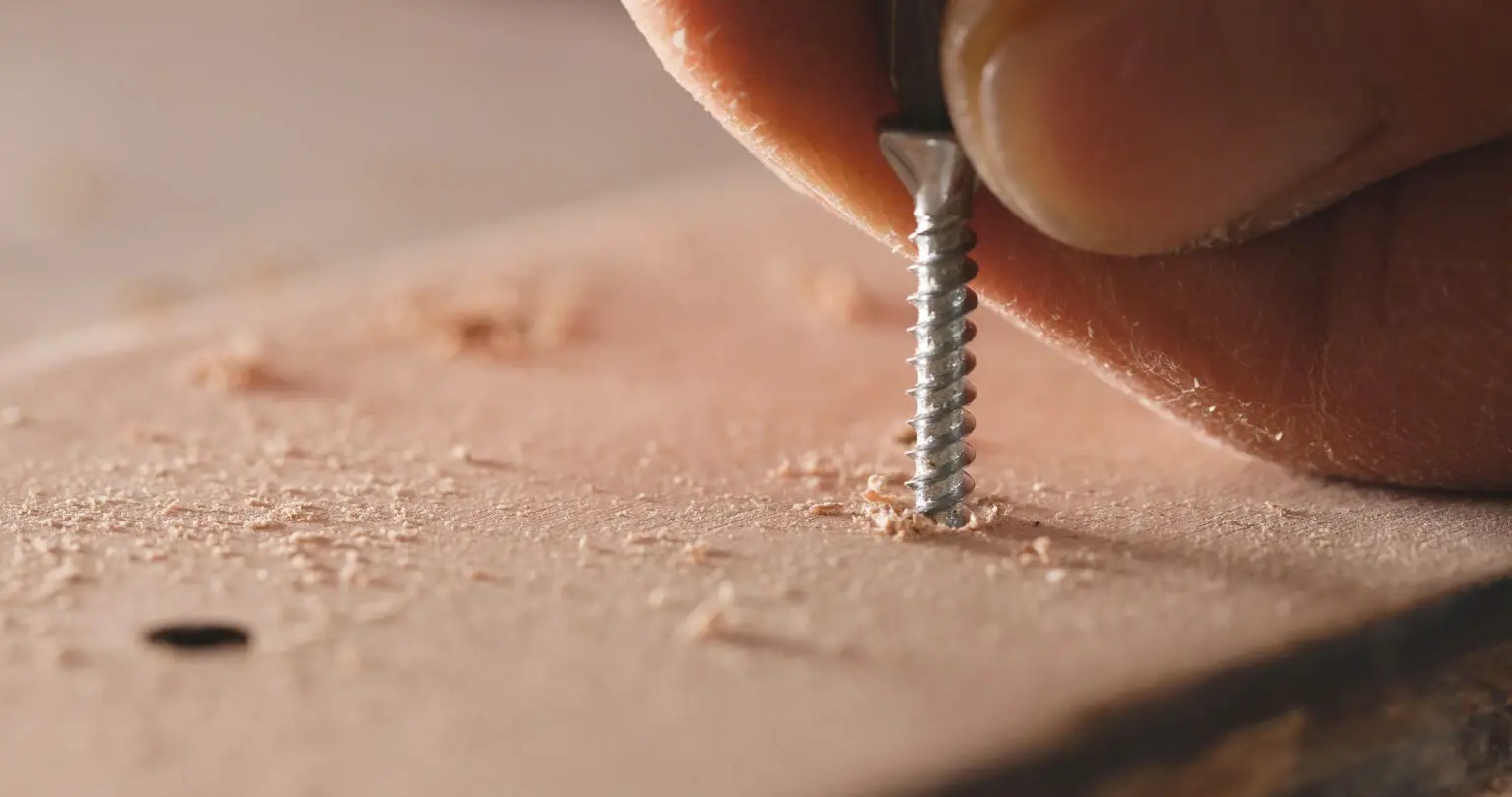
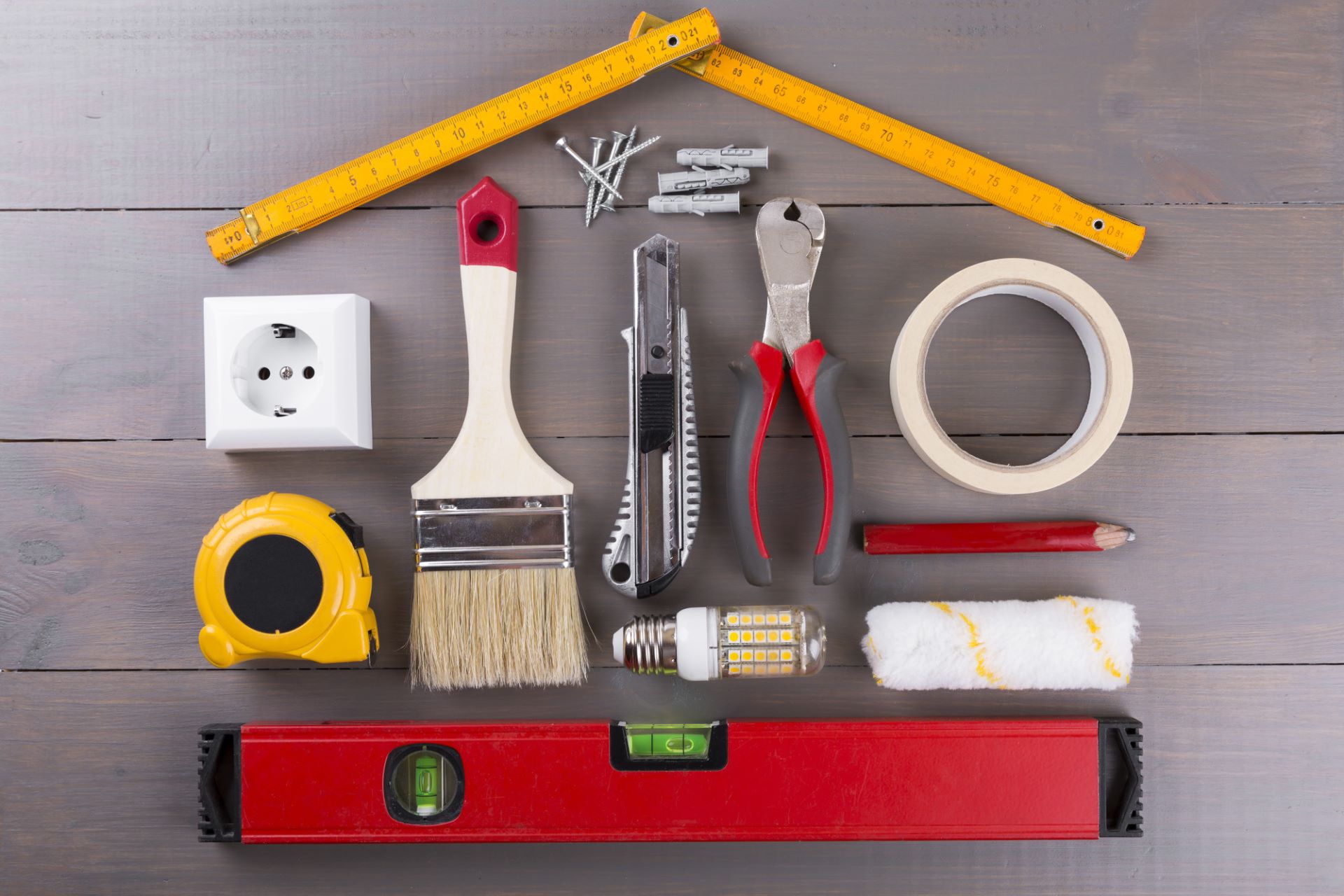
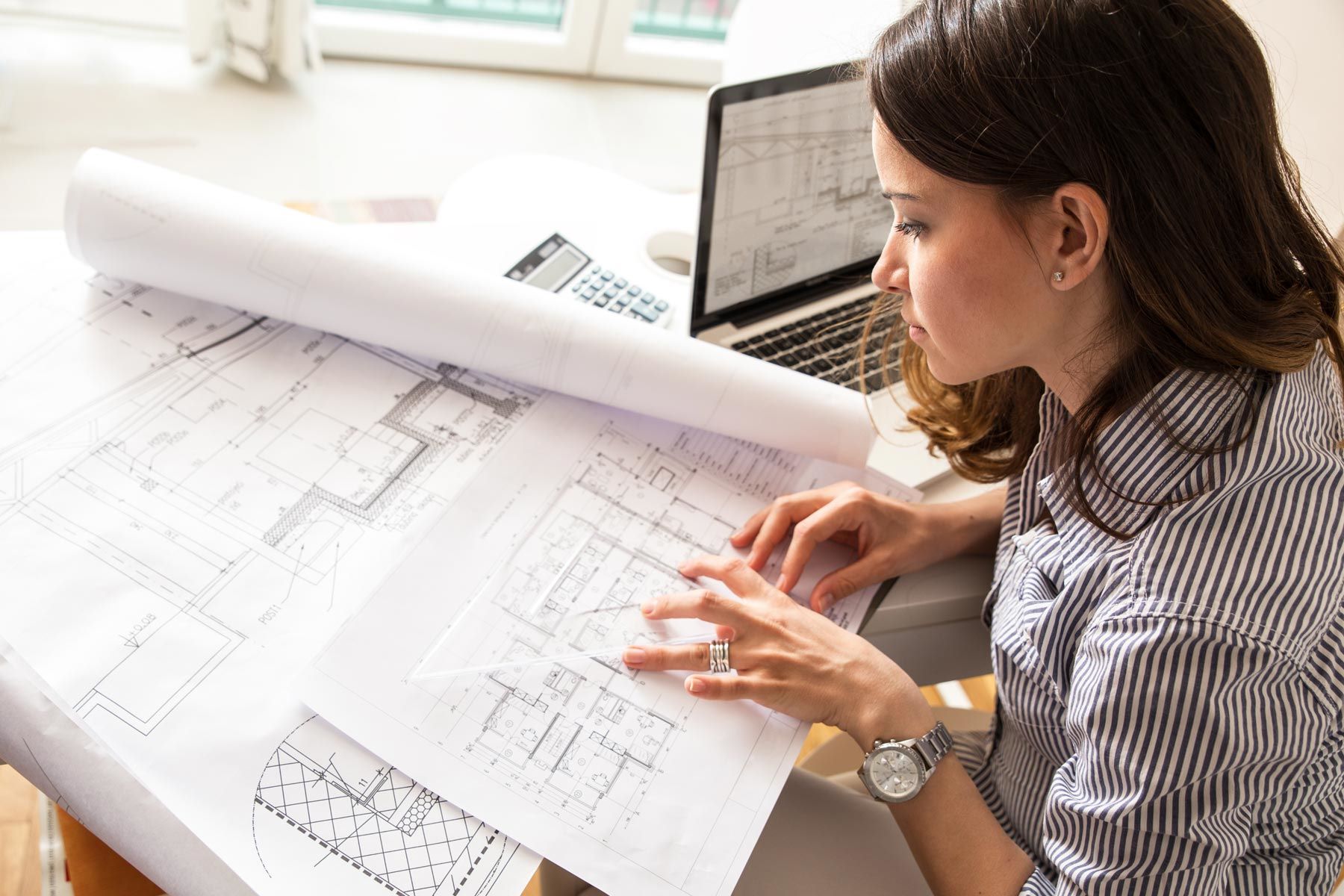

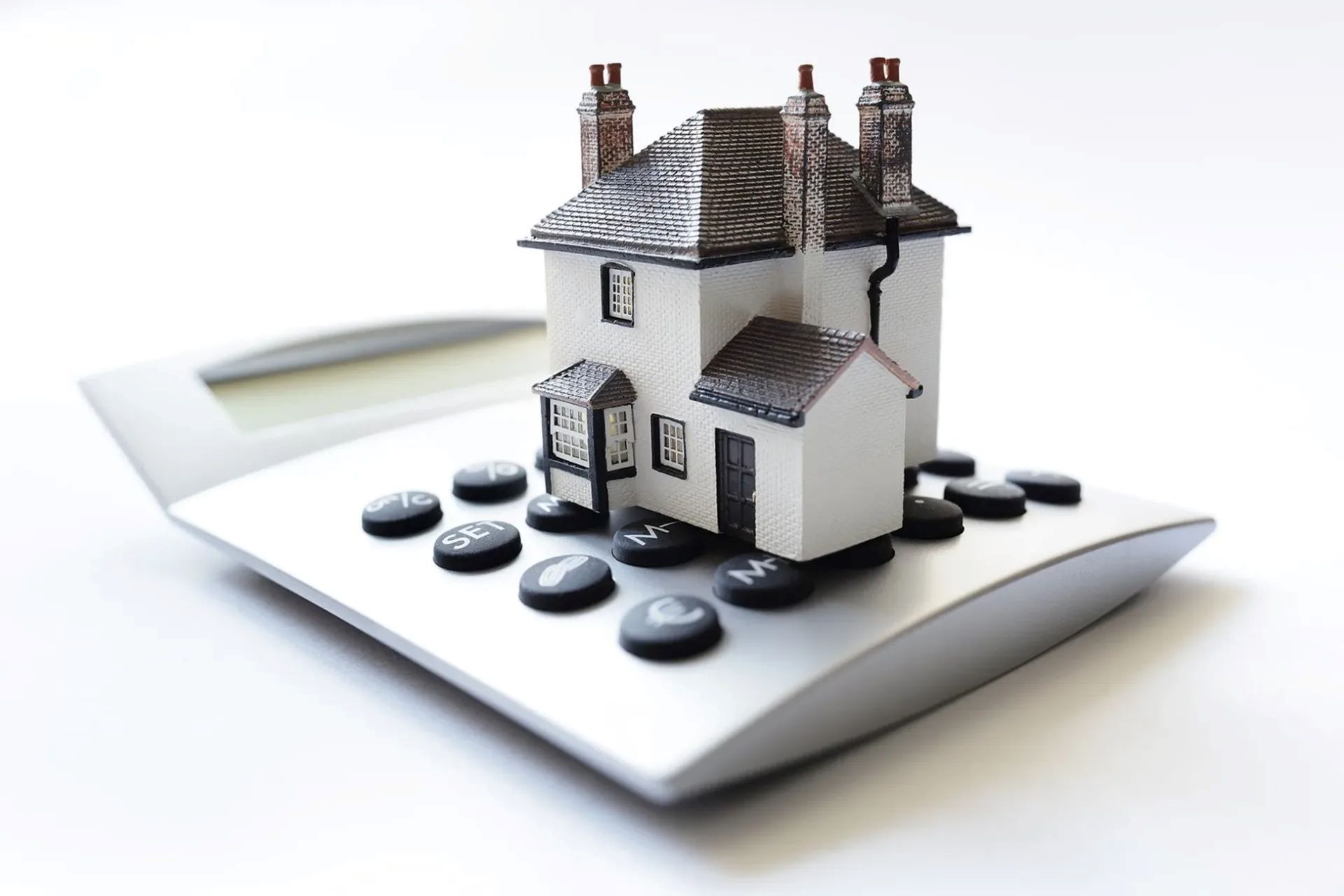





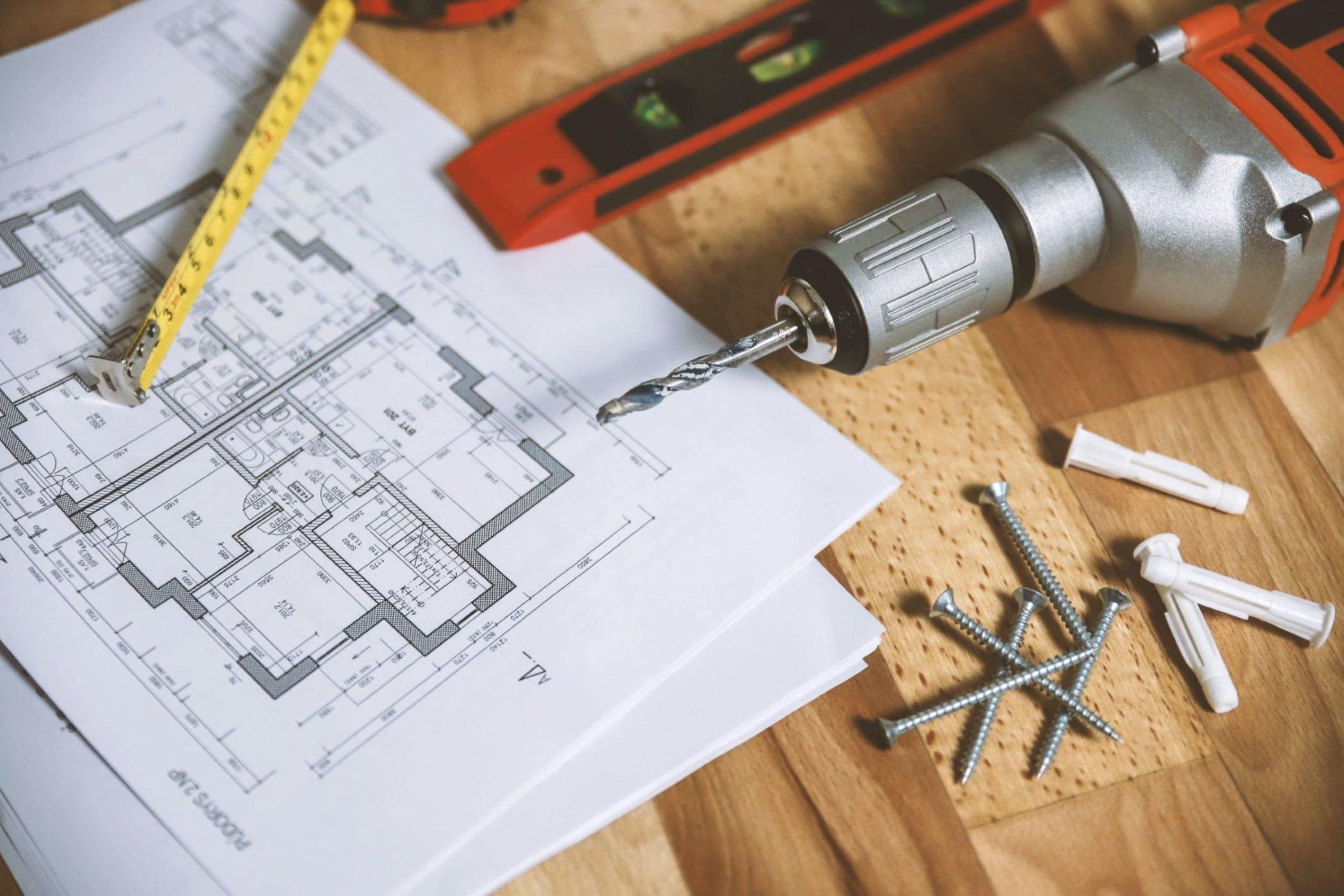


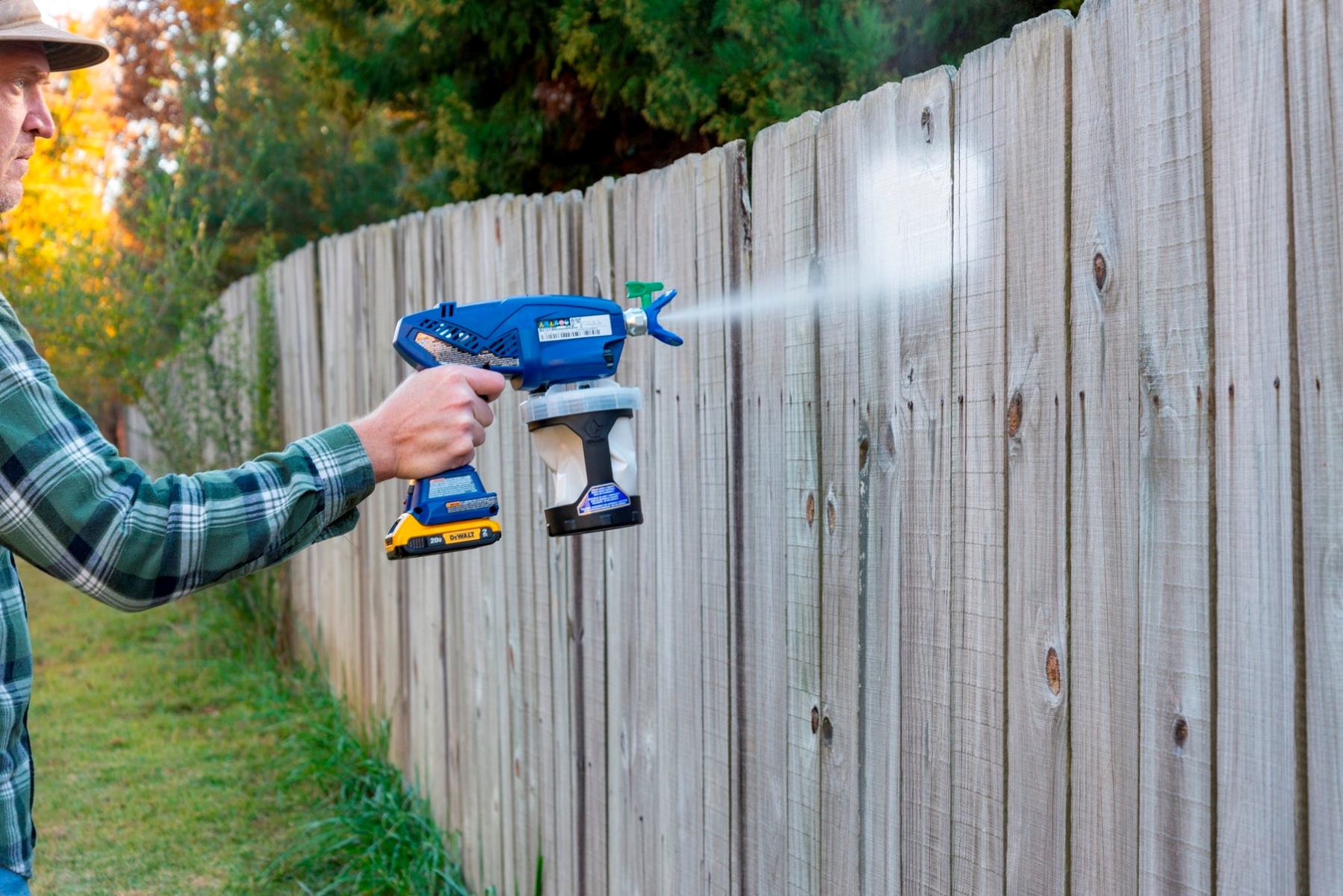

0 thoughts on “How To Pay For A Home Improvement Project”